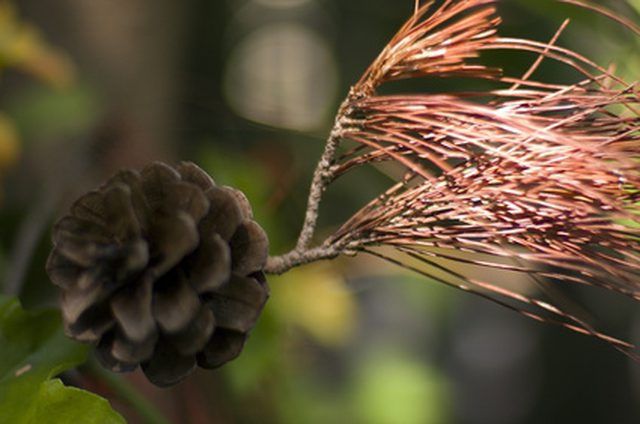Bulbs
Flower Basics
Flower Beds & Specialty Gardens
Flower Garden
Garden Furniture
Garden Gnomes
Garden Seeds
Garden Sheds
Garden Statues
Garden Tools & Supplies
Gardening Basics
Green & Organic
Groundcovers & Vines
Growing Annuals
Growing Basil
Growing Beans
Growing Berries
Growing Blueberries
Growing Cactus
Growing Corn
Growing Cotton
Growing Edibles
Growing Flowers
Growing Garlic
Growing Grapes
Growing Grass
Growing Herbs
Growing Jasmine
Growing Mint
Growing Mushrooms
Orchids
Growing Peanuts
Growing Perennials
Growing Plants
Growing Rosemary
Growing Roses
Growing Strawberries
Growing Sunflowers
Growing Thyme
Growing Tomatoes
Growing Tulips
Growing Vegetables
Herb Basics
Herb Garden
Indoor Growing
Landscaping Basics
Landscaping Patios
Landscaping Plants
Landscaping Shrubs
Landscaping Trees
Landscaping Walks & Pathways
Lawn Basics
Lawn Maintenance
Lawn Mowers
Lawn Ornaments
Lawn Planting
Lawn Tools
Outdoor Growing
Overall Landscape Planning
Pests, Weeds & Problems
Plant Basics
Rock Garden
Rose Garden
Shrubs
Soil
Specialty Gardens
Trees
Vegetable Garden
Yard Maintenance
Cryptomeria Tree Facts
Cryptomeria Tree Facts. Cryptomeria, also called Cryptomeria Japonica, is a very large evergreen tree that is native to Japan, but found in parts of the United States. It is commonly called "Japanese Cedar," although it is not related to the cedar family. It is a fast-growing tree that has been known to reach up to 180 feet in its native Japan. The...

Cryptomeria, also called Cryptomeria Japonica, is a very large evergreen tree that is native to Japan, but found in parts of the United States. It is commonly called "Japanese Cedar," although it is not related to the cedar family. It is a fast-growing tree that has been known to reach up to 180 feet in its native Japan. The Cryptomeria tree usually does not reach that height in the United States, but nonetheless, it makes a dramatic landscaping element.
Height
Cryptomeria is a member of the Cypress family, and closely related to the Giant Sequoia tree. It is one of the fastest growing trees, and can grow up to 25 feet in 10 years. It varies in height, depending on the soil and climate conditions, but usually grows between 30 to 50 feet tall. It grows tallest in Japan and southeast China, particularly on the lower slopes of mountains, with higher rainfalls.
Appearance
Cryptomeria is pyramid-shaped, with a loose, open canopy. The foliage consists of bluish-green needles that turn brown in the winter. The bark of the tree is brownish-red, and the trunk is incredibly large and can reach 12 feet wide. Cryptomeria has small, round cones. The branches form horizontal tiers that are arranged tightly together when the tree is small, but it loosens and droops as it matures.
Varieties
Over 200 cultivars exist of the Cryptomeria Japonica, though most are not available in the U.S. The varieties include Elegans compacta and Globosa nana. Most cultivars of the Cryptomeria tree are smaller, ornamental versions that are used in landscaping in Japan.
Growing Conditions
The Cryptomeria tree does not do well in colder climates. In the U.S. it can be grown in USDA hardiness zones 6 to 9. It does best in full sun, but can tolerate partial shade. The soil needs to be well-drained, yet remain moist the majority of the time. The Cryptomeria does well in areas of higher humidity.
Considerations
The Cryptomeria is the national tree in Japan, where it is referred to as "Sugi." It is grown around temples and shrines. The Cryptomeria is highly prized as a bonsai tree in Japan. The Japanese use the wood of the Cryptomeria in furniture and construction of buildings and homes. In the United States, it is generally too large to be used in residential landscaping. It's often planted against large buildings, to soften the landscaping's overall visual effect. It is one of few conifers that will coppice; if the trunk of the Cryptomeria tree is cut, it will grow back.